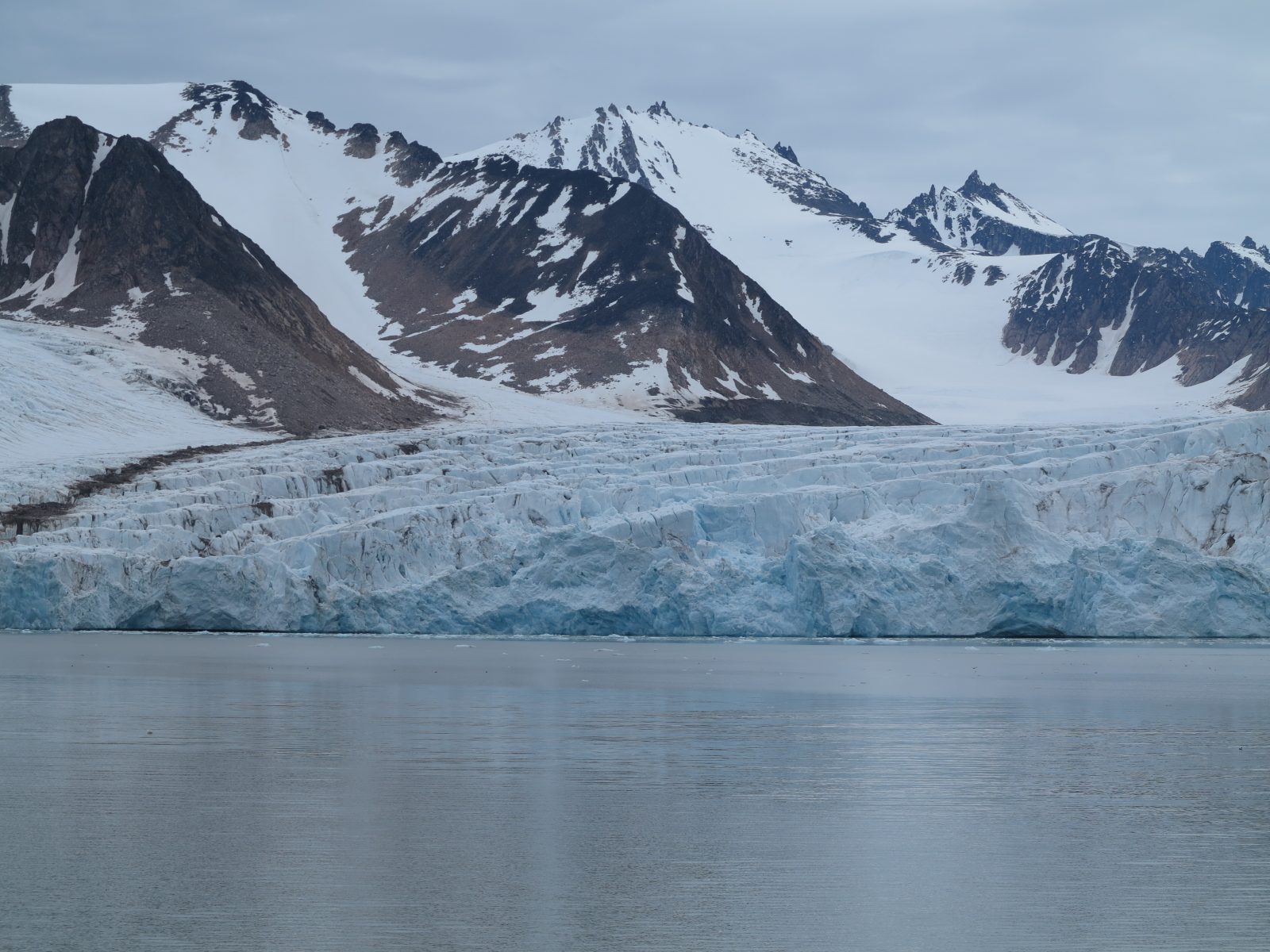Human activities, such as the consumption of fossil fuels, deforestation, agriculture and land use have a stronger and stronger effect on the climate and its temperature. Emissions resulting from human activities greatly increase the quantities of greenhouse gases (carbon dioxide, methane and nitrous oxide) which naturally occur in the atmosphere and speed up global warming.
Carbon dioxide is the most common greenhouse gas emitted through human activities. The carbon dioxide content of the atmosphere is currently 40% higher than before industrialisation. Other greenhouse gases are emitted into the atmosphere in smaller amounts, but their warming effect is up to thousands of times stronger than that of carbon dioxide.
Researchers estimate that if the climate gets more than 2°C warmer than in pre-industrial times, the state of the global environment may change dangerously and irreversibly.
The impact of climate change
Climate change impacts every area on earth. Polar glaciers are melting and sea levels are rising. In some areas, extreme weather events and rain will become increasingly common, while other areas will suffer from severe heatwaves and drought. Food production will become more difficult as the climate change progresses: the rising temperatures and changes in rainfall will threaten food security across the globe. Deforestation accelerates climate change, which in turn will increase the risk of different types of pests in forests. These effects are expected to grow stronger in the coming decades.
Climate change will occur so quickly that many plant and animal species will struggle to survive. Many species of organisms have already transferred to new habitats on land and in fresh and sea water. The risk of extinction for many plant and animal species will grow if the average global temperature continues to rise.
Climate change mitigation
The mitigation of climate change requires swift action from the municipality, road users, energy production and industrial plants, and ordinary citizens to reduce greenhouse gas emissions.
About a quarter of all carbon dioxide emissions come from households. Three quarters of these are caused by heating and air conditioning homes. Even small everyday actions can help you save energy and money. And when carbon dioxide emissions are reduced, the environment will also be healthier.
Read more:
The City of Kajaani’s climate objective is a carbon neutral municipality
The City of Kajaani’s climate goal is for the city to be a carbon neutral municipality in the future. Its target is to reduce greenhouse gas emissions by 40% from 2009 to 2030.
Achieving these goals requires cooperation – even small everyday acts make a difference. We can reduce emissions by walking, cycling and using public transport rather than cars. The greatest effect comes from reducing our energy consumption, which requires developing different kinds of energy generation and management solutions.
Kajaani’s CO2 report (finnish)